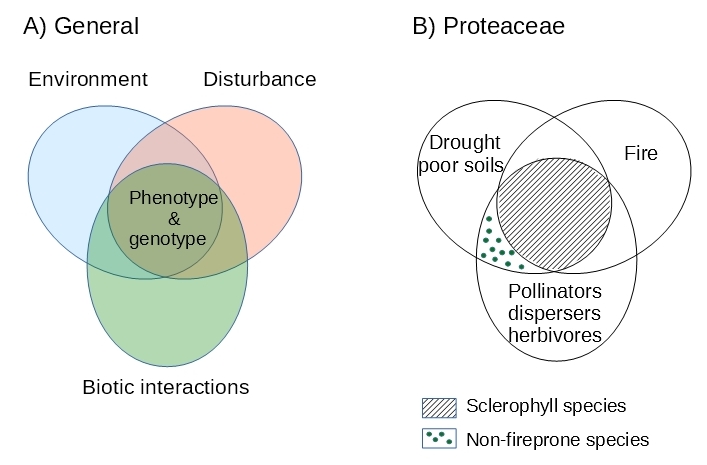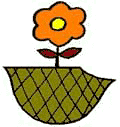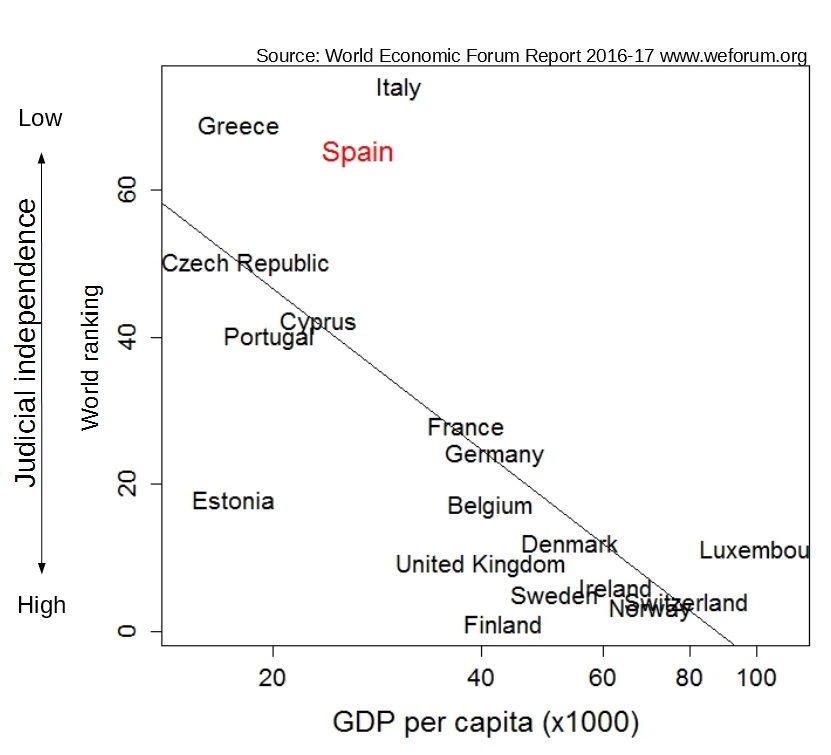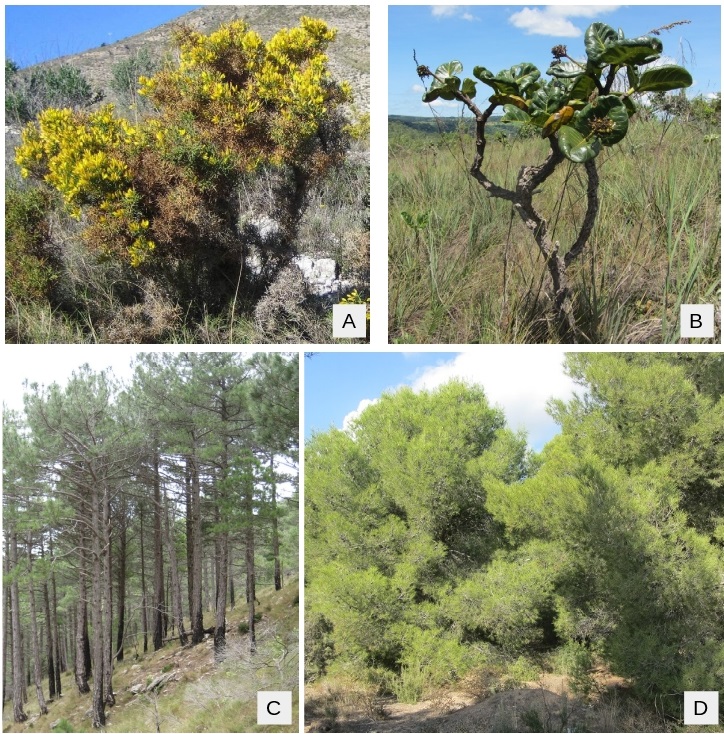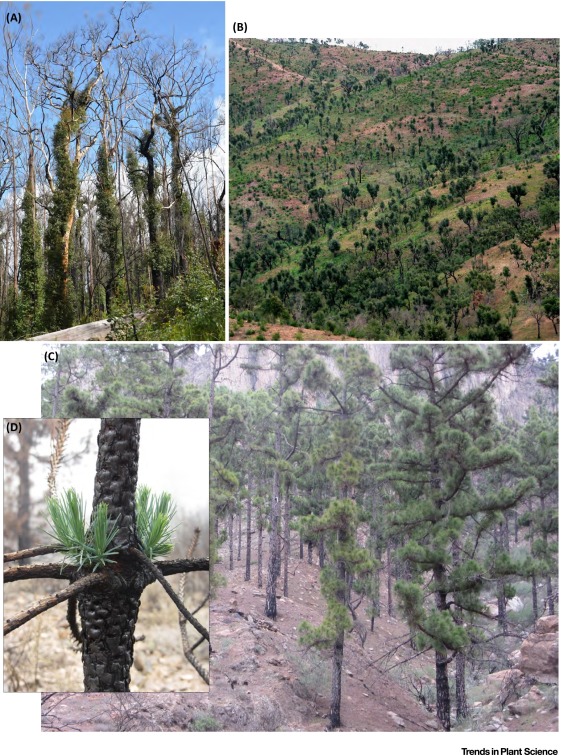Recientemente se ha generado una cierta controversia sobre si hay pinos autóctonos o no en España y si se deben eliminar de algunos hábitats. Aquí un grupo de ecólogos de la AEET(*) intentamos ayudar a cerrar el debate.
Sobre los pinos ibéricos
Hace tiempo que existe un debate abierto sobre el carácter autóctono (nativo) o no de los pinos, y, recientemente, el debate se ha reavivado en relación a las revisiones de listas de especies exóticas. A escala regional la respuesta es clara: sí que hay pinos autóctonos en nuestro territorio, tanto en la península Ibérica como en las islas Baleares e islas Canarias. Por ejemplo, si consultamos una obra de referencia tal como la Flora Ibérica, veremos que se mencionan seis especies de pinos autóctonos. Y si analizamos registros de polen en estratos antiguos de turberas, o el registro fósil, o los estudios de biogeografía, vemos que todo indica que han existido pinos en nuestros paisajes desde hace millones de años, aunque no siempre podamos distinguir las especies concretas. De hecho, ninguna de las especies de pino ibéricas aparece en el Catálogo Español de Especies Exóticas Invasoras del Gobierno (a fecha de 15-10-2018).
Cada una de estas diferentes especies de pino tiene sus requerimientos y preferencias ecológicas; unas especies viven a baja altitud y soportan bien el calor y la sequía, otras viven en las montañas y están adaptadas al frío; unas viven sobre cualquier tipo de suelo, otras evitan los suelos calizos o los suelos muy ácidos; unas se regeneran muy bien incluso después de incendios intensos, otras prácticamente desaparecen si arden con elevada intensidad. Es decir, no todas las especies de pinos pueden vivir en cualquier parte; las diferentes especies se distribuyen a lo largo y ancho de la Península siguiendo unos patrones concretos relacionados con el clima, el suelo y los incendios, además de con el uso del territorio realizado desde antaño. En algunas zonas, los pinos forman masas densas, homogéneas y monoespecífias; en otras, la densidad es baja o muy baja y se mezclan con otras especies de árboles (bosques y dehesas mixtas) o con especies arbustivas (matorrales con pinos). Y hay zonas en las que prácticamente no crecen pinos de forma natural, ya sea por condiciones ambientales o por regímenes de perturbación no apropiados, o por competencia con otras especies más adaptadas a esas situaciones. Los humanos, a lo largo de la historia, han ido modificando la distribución natural mediante cortas, talas, plantaciones y restauraciones forestales, con el objetivo de aprovechar los recursos que proporcionan los pinos (madera, resina, piñones, protección del suelo, etc.). A pesar de ello, aún podemos apreciar relaciones entre la presencia o densidad de pinos de las diferentes especies y las características ambientales de los sitios, indicadoras de diferencias ecológicas entre las especies.
Lista de especies nativas, y principales especies exóticas, de la familia de los pinos (pináceas) en la península Ibérica, islas Baleares e islas Canarias:
Pináceas nativas:
Pinus halepensis (pino carrasco)
Pinus nigra subsp. salmannii (pino salgareño o laricio)
Pinus pinaster (pino rodeno)
Pinus pinea (pino piñonero)
Pinus sylvestris (pino albar o silvestre)
Pinus uncinata (pino negro)
Pinus canariensis (pino de Canarias; exclusivo de las Islas Canarias)
Abies alba (abeto)
Abies pinsapo (pinsapo)
Principales pináceas exóticas:
Pinus radiata (la mas abundante; origen: norteamérica)
Pseudotsuga menziessi (origen: norteamérica)
Laris decidua (origen: centro Europa)
Sobre las plantaciones y la restauración de los ecosistemas
Los objetivos y métodos para la restauración del medio natural han ido variando a lo largo de la historia a medida que ha ido evolucionando las prioridades, el conocimiento y la conciencia medioambiental. Por ejemplo, antiguamente, se plantaban árboles (reforestación) para restaurar áreas degradadas sin pensar mucho en su origen, ni teniendo en cuenta si la especie era o no autóctona ni si la variedad era local o no, y sin considerar si las densidades y estructura reflejaban las condiciones naturales y el hábitat para otras especies. Cuando más adelante se plantaron pinos autóctonos, algunas veces se hizo en zonas típicas de la especie, y otras en zonas donde la especie estaba ausente o en baja densidad. En cualquier caso, estas restauraciones cumplían algunos de los objetivos de la época (por ejemplo, frenar la erosión) y aún son visibles en nuestros paisajes. Por su estructura, densidad y heterogenidad, actualmente las plantaciones de pinos a menudo se asemejan bastante a ecosistemas naturales, cumpliendo una función ecológica importante; en otras ocasiones, sin embargo, se parecen más a cultivos para producción de madera. Una de las principales diferencias entre estos “cultivos de madera” y los demás cultivos es que los primeros son más propensos a propagar fuegos intensos, especialmente si están deficientemente gestionados. Esta repercusión en los incendios forestales puede tener consecuencias sociales y ambientales adicionales y requieren de una especial atención.
Actualmente, los objetivos de la restauración incluyen la conservación de la biodiversidad. Existe un gran acuerdo entre los ecólogos y gestores del medio ambiente en que ni los pinos, ni los bosques en general, constituyen la única alternativa en paisajes mediterráneos; los matorrales son también autoctónos, naturales, diversos y antiguos, y contribuyen en gran medida a la elevada biodiversidad de los ecosistemas mediterráneos, además de favorecer la protección de sus suelos. Cada vez más se tiende a realizar restauraciones ecológicas introduciendo especies y variedades locales, y no solo de árboles, sino también de arbustos y especies herbáceas. La sociedad actual convive con plantaciones y restauraciones realizadas con criterios del pasado, donde las percepciones ambientales y el conocimiento ecológico eran muy diferentes. Esta convivencia genera cierto conflicto social y está en el origen de muchos debates sobre la naturaleza nativa o no de los pinares.
Fotos, de izquierda a derecha: P. nigra (Cazorla, por Juli G. Pausas), P. halepensis (Bages, centro de Catalunya, por Jordi Garcia-Pausas), P. uncinata (Pirineo de Andorra, por Jordi Garcia-Pausas), P. pinea (Doñana, Pedro Jordano).
Sobre los pinares litorales en dunas
Un claro ejemplo del conflicto mencionado lo constituyen los pinares sobre dunas (por ejemplo, en Doñana o en Guardamar). En muchos casos, estas dunas se poblaron masivamente de pinos (en Doñana hay plantaciones documentadas desde el s. XVI, aunque masivas sólo en el s. XX). La finalidad de estas plantaciones era bienintencionada: fijar las dunas, crear puestos de trabajo, y generar un ambiente forestal agradable. En aquella época, se valoraba más cualquier estructura arbolada densa, aunque fuese pobre en especies, que un matorral, por muy diverso en especies que fuera. Además, plantar pinos era mucho más fácil y agradecido (mayor supervivencia) que plantar otras especies arbóreas. Con los años, esos pinares han pasado a formar parte de nuestro paisaje cultural. La vegetación original de estas dunas litorales era probablemente un mosaico donde alternaban arbustos y árboles pequeños típicos de la máquia esclerófila mediterránea, plantas de los brezales y sabinares ibéricos, y herbáceas propias de dunas; en ellas, la densidad de pinos era baja y variable según las condiciones topográficas, del nivel freático y salino, y las especies acompañantes. El sobrepastoreo y la explotación de leña fue degradando esos ecosistemas y generando erosión y movimientos no deseables de las dunas. En ese marco ambiental se realizaron las plantaciones de pino.
Cabe destacar que tras el incendio que afectó a los pinares de la zona de Doñana (julio 2017), se ha constatado una regeneración muy satisfactoria de muchas de las especies del mosaico de matorral y brezal que dominaron antes de las plantaciones, mientras que el pino prácticamente no se regenera. Si se facilita y potencia la regeneración de estos matorrales, que son muy diversos en especies, los incendios (inevitables) que ocurran en el futuro serán menos intensos (por la menor biomasa) y se regenerarán más rápidamente; por lo tanto, estas comunidades serían más sostenibles. Por tanto, desde el punto de vista ecológico, y en el contexto del calentamiento global, la reducción de la densidad de pinos en dunas litorales está en muchos casos justificada, mientras se realice de manera cuidadosa y favoreciendo la vegetación alternativa que puede albergar importantes valores de conservación. En cualquier caso, ante cualquier intención de reducción drástica del pinar, se debería evaluar con detalle las consecuencias, ya que plantaciones antiguas también pueden tener actualmente especies que dependan de ellas.
En conclusión
Vivimos en un territorio heterogéneo con una historia compleja, donde las dinámicas naturales se han visto frecuentemente alteradas por unos usos del territorio cambiantes en intensidad y objetivos. La presencia de pinos autóctonos en nuestro país es indiscutible, pero este hecho no justifica su plantación en cualquier sitio ni de cualquier manera. El conocimiento adquirido en los últimos años sobre la biodiversidad y la ecología de nuestros bosques, junto con la amenaza del cambio climático, nos lleva a repensar la gestión de las plantaciones de pino, y en general, la gestión de los recursos naturales. Mediante una planificación integrada del territorio deberíamos poder decidir con criterios objetivos dónde son preferibles pinares lo más naturales posibles (por ejemplo, en áreas protegidas), dónde queremos plantaciones de pinos para la protección del suelo y la regulación hídrica, y dónde queremos plantaciones de pinos productivas y sostenibles.
(*) Los miembros de la AEET que han contribuido a este texto son: Pedro Jordano (CSIC), Francisco Lloret (UAB-CREAF), Juli G. Pausas (CSIC), Anna Traveset (CSIC-UIB), Fernando Valladares (CSIC).
Este texto se ha publicado simultáneamente (19-11-2018) aquí y en el blog del CREAF (tanto en castellano como en catalán). Una versión resumida también se publico en 20minutos.es/ciencia-para-llevar-csic (29-11-2018).













































































